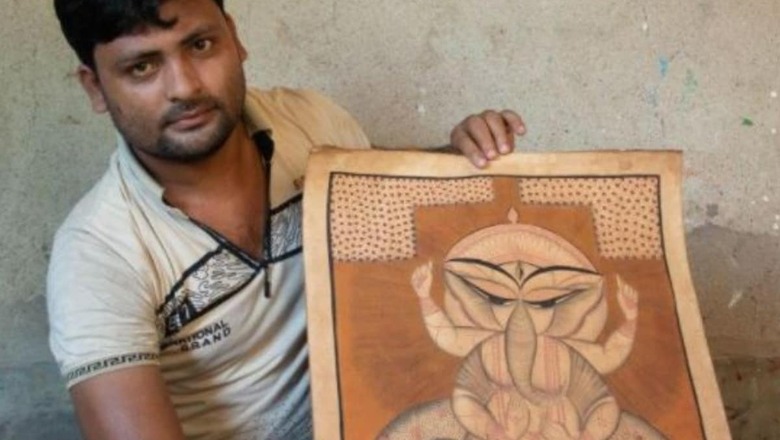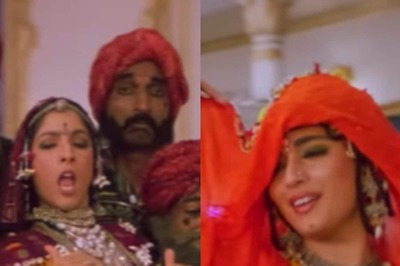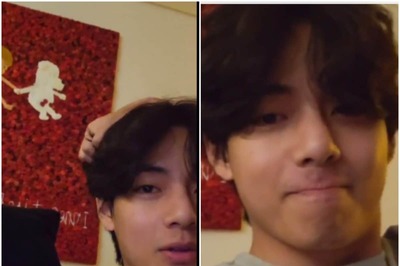
views
An artist from West Bengal’s Midnapore has been revolutionising the street-side pat paintings of Kalighat. Thirty-year-old Uttam Chitrakar has introduced queer and trans persons in a series of new paintings. They were made in collaboration with arts exposition ‘The India Story’ co-founder Swarup Datta. The paintings will be a part of a folk and contemporary art show at Method Art Space in Mumbai’s Kala Ghoda, according to a report by The Indian Express. The show began on July 30 and will continue till August 8.
“A man may see these paintings and think these figures are men. A woman may think these are women. But the figures in the paintings — who do they think they are?” Chitrakar told The Indian Express.
The show will be presented by art and craft establishment Baro Market. Owner of Baro Market, Srila Chatterjee said Chitrakar’s subject is something that very few are comfortable working with, which made it particularly impressive.
Chitrakar is the son of an interfaith couple. His Hindu father made religious sculptures, while his Muslim mother was the one whose family made pat paintings. Initially, Chitrakar sold his artwork at Kolkata’s ‘Hostoshilpo Mela’, a handicraft fair. After coming into contact with the aforementioned Swarup Dutta, Chitrakar was commissioned for personal and commercial projects by the former since 2008.
Dutta’s own photography examines the natural bodies of human beings in a way that is free of the hypersexual gaze. Speaking on Uttam Chitrakar’s representation of trans bodies and psyche, Dutta said the artist presents what it feels like to have the body of a man but to feel like a woman. The way that he expressed this was by painting a man looking into a mirror, and finding a woman in the reflection.
Discussing the tradition of Kalighat’s pat art Dutta told The Indian Express it had, even traditionally, been a contemporary art practice because it has always sought to express whatever transpires in society.
Kalighat painting or Kalighat Pat originated in the 19th century in West Bengal’s Kolkata, in the vicinity of Kalighat Kali Temple. What started from being items of souvenirs taken by the visitors to the Kali temple, the paintings over a period of time developed as a distinct school of Indian painting. From the depiction of Hindu gods, god, and other mythological characters, the Kalighat paintings developed to reflect a variety of subjects, including many depictions of everyday life.
Uttam Chitrakar’s artwork might be one of the many ways that representation of queer identities can find a space through different intersectional spaces.
Read all the Latest News, Breaking News and Coronavirus News here.



















Comments
0 comment